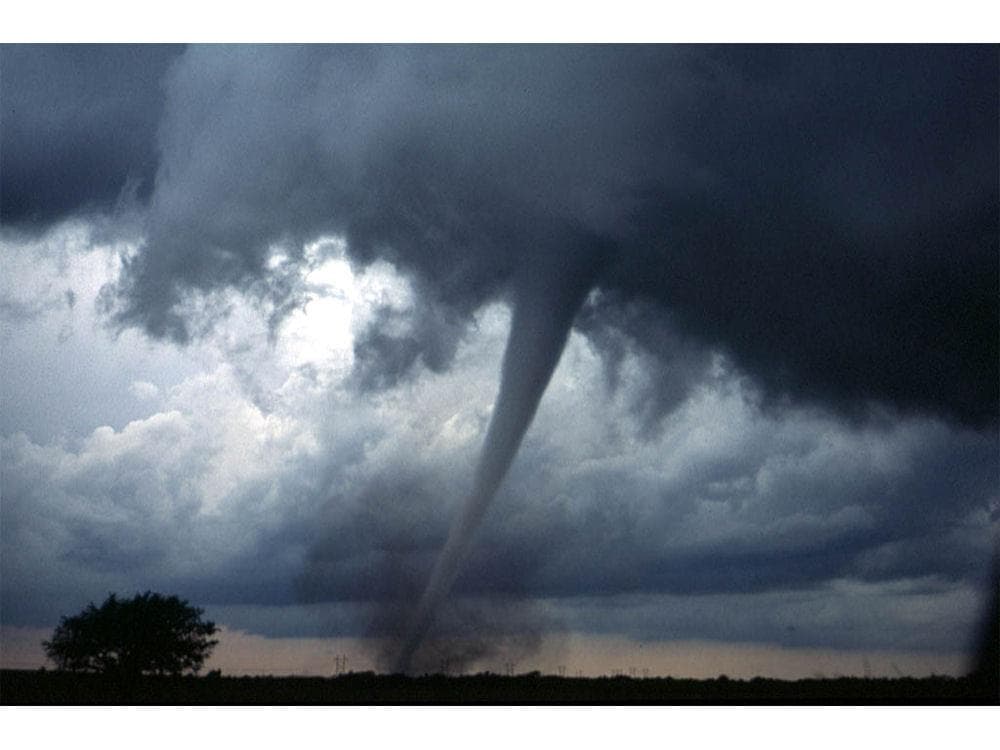They're rioting in Africa
There's strife in Iran
What nature doesn't do to us
Will be done by our fellow man.
The Merry Minuet, Sheldon Harnick
Mother Nature has been providing the earth with numerous types of severe weather and climate events over the millennia. Heat waves, cold waves, droughts, heavy rains, tropical cyclones and tornadoes are all part of weather history. Ice ages and warm and cool periods during interglacials accompanied by rising and falling sea levels are part of climate history. These weather and climate events have occurred almost exclusively without human influence.
However, since the inception of the industrial revolution, humans have been emitting “greenhouse gases” (GHGs) including carbon dioxide, methane and nitrous oxide to the atmosphere. The addition of these anthropogenic GHGs is believed to have contributed to a warming of the global climate, though it is not possible to measure the relative contributions of anthropogenic emissions and natural climate variability to this warming.
There exists an alarmist faction which insists that most or all of the recent warming has been anthropogenic, that it poses an existential threat to life on earth and that the burning of fossil fuels must be halted rapidly to avoid climageddon. This faction also asserts that this anthropogenic warming is increasing the frequency, severity and duration of severe weather events. Both the threat assessments and the attribution assertions are based on unvalidated and unverified climate models.
Virtually all of the nations of the globe have agreed to take steps to reduce GHG emissions, though the specific steps and their timing varies greatly among the nations. The developed nations, which have been accused of responsibility for the recent warming, have focused on achieving net zero GHG emissions by 2050. Their programs have included closing coal and natural gas electric generating stations, incentivizing renewable electric generation, limiting or eliminating oil and gas exploration and production, banning new natural gas end uses and requiring production of electric vehicles. Some have even suggested closure of farms to reduce GHG emissions, threatening food supply, while others are restarting coal plants to deal with a perceived energy crisis.
Developing nations, while giving lip service to emissions reductions, remain focused on economic development, including expansion of electric service based on coal and natural gas generation. Nations in Asia, including China, India, Indonesia and South Korea are in the process of constructing more than 175 GW of new coal generating capacity. Numerous nations in Africa are expanding coal and natural gas production for both local consumption and sale. Several nations have expressed a willingness to consider pursuing lower emissions trajectories if the developed nations fund the programs.
Assuming a general agreement to reduce global annual CO2 and other GHG emissions, the contrast between massive coal-fired generation increases in the developing nations and plans to close farms in the developed nations is awe-inspiring. The experience of Sri Lankan agricultural failure after its ban on the use of synthetic fertilizers to limit nitrous oxide emissions should cause national governments to carefully evaluate steps to reduce agricultural GHG emissions.
